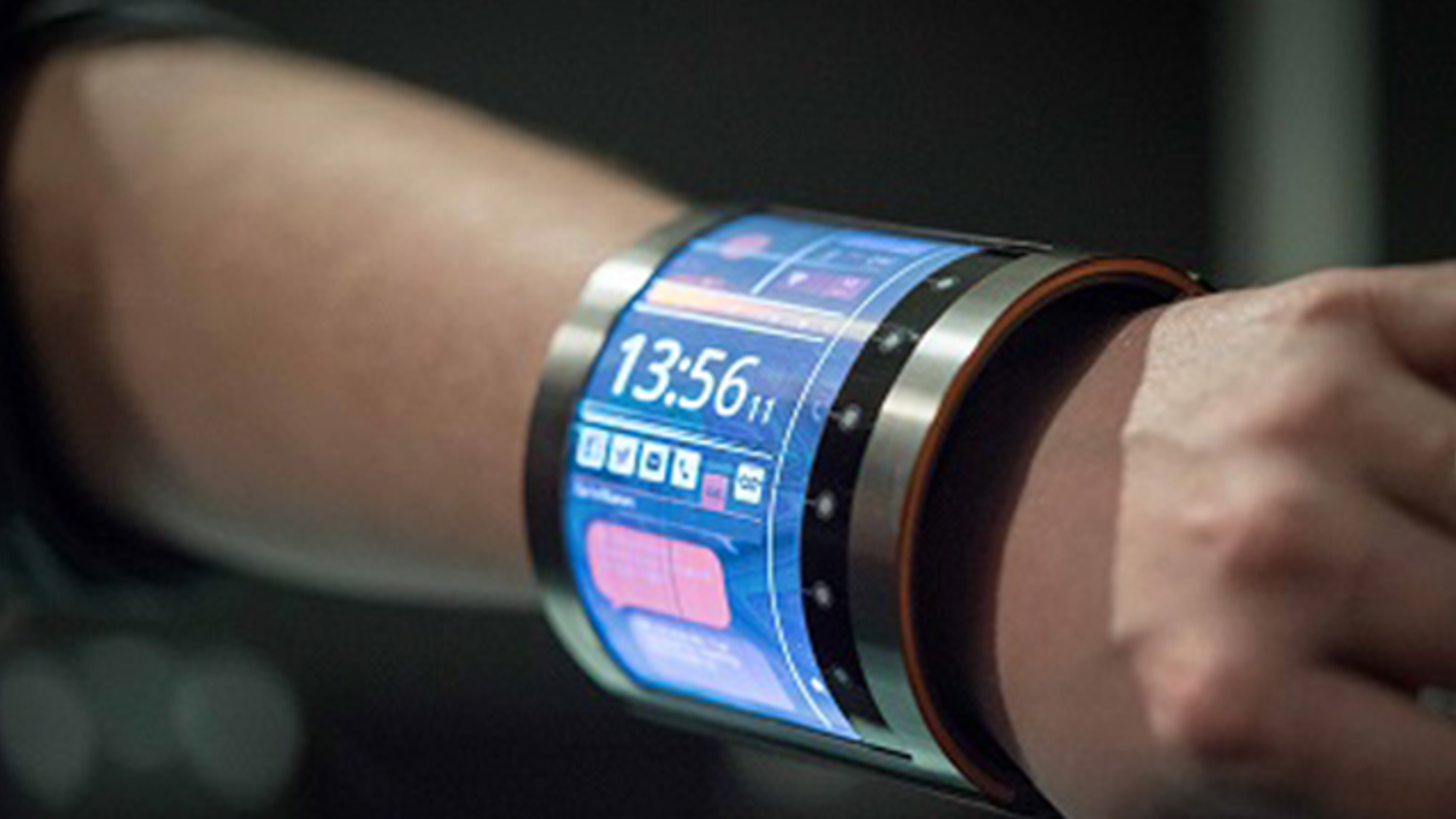The wearable technology market has emerged as one of the most transformative forces in consumer electronics, reshaping how people monitor their health, connect with digital platforms, and interact with the world. With products ranging from smartwatches and fitness bands to augmented reality glasses and smart clothing, wearable technology continues to blur the lines between humans and machines, enhancing efficiency, health, and convenience.
Over the past decade, consumer adoption of wearables has accelerated, driven by increasing health awareness, technological advancements, and the seamless integration of wearable devices into daily life. As new applications emerge and existing ones mature, the wearable technology market is poised for robust growth in the coming years.

Market Overview and Scope
The wearable technology market encompasses devices worn on the body that connect to the internet or other devices, enabling real-time data collection, feedback, and interactivity. These gadgets often serve purposes such as fitness tracking, health monitoring, communication, navigation, and entertainment.
Some of the most common wearable devices include:
Smartwatches (Apple Watch, Samsung Galaxy Watch)
Fitness trackers (Fitbit, Garmin)
Smart glasses (Google Glass, Vuzix)
Smart clothing (Hexoskin, Athos)
Wearable cameras
Medical-grade wearables for chronic disease management
The market is segmented by product type, component, application, and geography, with health & fitness, healthcare, infotainment, and enterprise applications being the major verticals driving adoption.
Key Drivers of Growth
1. Health and Wellness Awareness
One of the biggest catalysts for the wearable technology market is growing consumer focus on health and fitness. Wearables now monitor a wide range of health indicators, including heart rate, oxygen saturation, sleep quality, physical activity, and even electrocardiograms (ECG). These features help users adopt healthier lifestyles and can alert them to potential medical conditions.
2. Advancements in Sensor and AI Technology
Modern wearables incorporate cutting-edge sensors, machine learning algorithms, and cloud connectivity to deliver highly accurate and personalized insights. This technological evolution enhances the usefulness and appeal of wearable devices, particularly in health and medical applications.
3. Proliferation of Connected Ecosystems
Wearables are now integral to broader IoT ecosystems, interacting with smartphones, tablets, laptops, smart home devices, and cloud-based services. The interoperability and synchronization of these devices improve the user experience, encouraging continued use.
4. Remote Health Monitoring and Telemedicine
The COVID-19 pandemic accelerated the adoption of wearable health monitoring devices as they enabled remote patient management. Hospitals and clinics increasingly use wearables to track patients with chronic diseases or those undergoing post-surgery recovery, strengthening the role of wearables in digital healthcare.
5. Enterprise and Industrial Applications
In addition to consumer use, wearable technology is increasingly used in workplaces. Industrial wearables help improve safety and productivity by tracking workers’ biometrics, detecting fatigue, and guiding on-the-job training via AR/VR headsets.
Challenges Facing the Wearable Technology Market
While the wearable technology market holds great promise, several challenges could impact its trajectory:
Privacy and Data Security: With wearables collecting vast amounts of personal data, cybersecurity risks are a significant concern. Device manufacturers and service providers must ensure robust data protection measures.
Short Product Life Cycles: Frequent upgrades and limited battery life lead to short device life cycles, which can hinder long-term adoption and raise environmental sustainability issues.
Cost Barriers: Advanced wearables with sophisticated features can be expensive, making them inaccessible to some users in developing economies.
Regulatory Hurdles in Healthcare: Medical-grade wearables face regulatory challenges related to data accuracy, patient safety, and approval from government health authorities.
Regional Market Insights
North America remains the leading market, thanks to high consumer awareness, strong technological infrastructure, and the presence of global leaders like Apple, Fitbit, and Garmin.
Europe follows closely with growing demand in countries such as Germany, the UK, and France.
Asia-Pacific is emerging as a high-growth region due to rising smartphone penetration, an expanding middle class, and increased health consciousness in countries like China, India, and Japan.
Latin America and the Middle East represent untapped potential but face challenges such as low penetration and limited healthcare infrastructure.
Future Trends in the Wearable Technology Market
Integration with AI and Big Data: Advanced AI algorithms will make wearables smarter by improving data analytics and enabling predictive insights.
Expansion of Healthcare Applications: Wearables will play a central role in preventive healthcare, chronic disease management, and rehabilitation.
Wearables in Sports and Fitness: Athletes and fitness enthusiasts will benefit from more sophisticated metrics and personalized coaching based on real-time data.
Smart Textiles: Clothing embedded with sensors will emerge as the next wave in wearable innovation, enabling passive monitoring without additional devices.
Cross-Sector Collaboration: Collaborations between tech companies, healthcare providers, insurers, and government bodies will shape the future of wearables.
The growing adoption of wearable technology also intersects with cybersecurity risks, highlighting the growing relevance of sectors like the cyber insurance market. As wearables become a gateway to sensitive personal and health data, the importance of digital risk mitigation strategies continues to rise.
Conclusion
The wearable technology market has moved far beyond its origins as a fitness tracking novelty. It now encompasses a diverse ecosystem of products and applications that are becoming indispensable to both personal wellness and professional environments. With increasing investment, technological innovation, and cross-industry integration, the market is set to play a critical role in shaping the future of health, lifestyle, and enterprise solutions.
As the market evolves, businesses and consumers alike must navigate a complex landscape of innovation, privacy, and regulation. Those who adapt to these dynamics stand to benefit greatly from the next phase of wearable technology's transformative journey.
Related Trending Reports
| Gaming Accessories Market |
| Fire Protection System Market |
| Sports Technology Market |
| Smart Building Market |
| Smart TV Market |